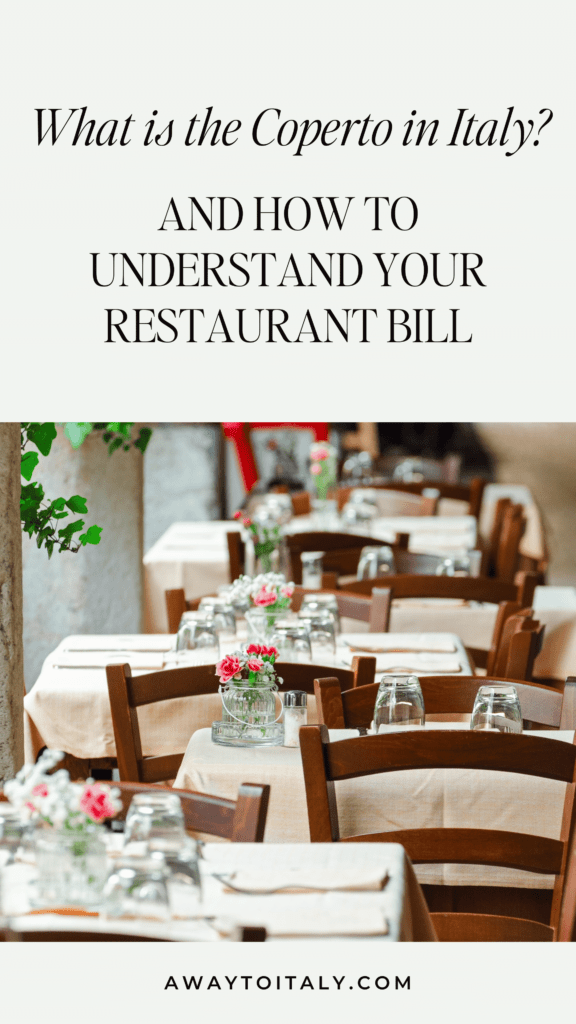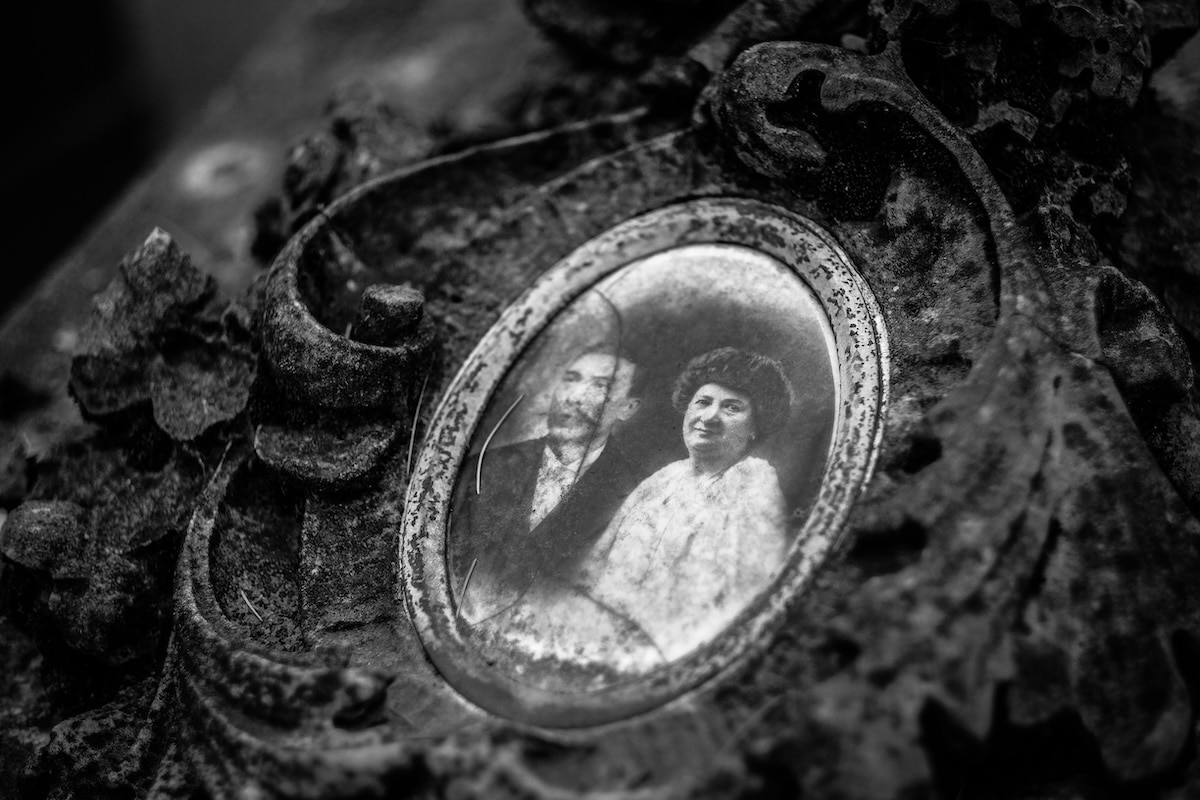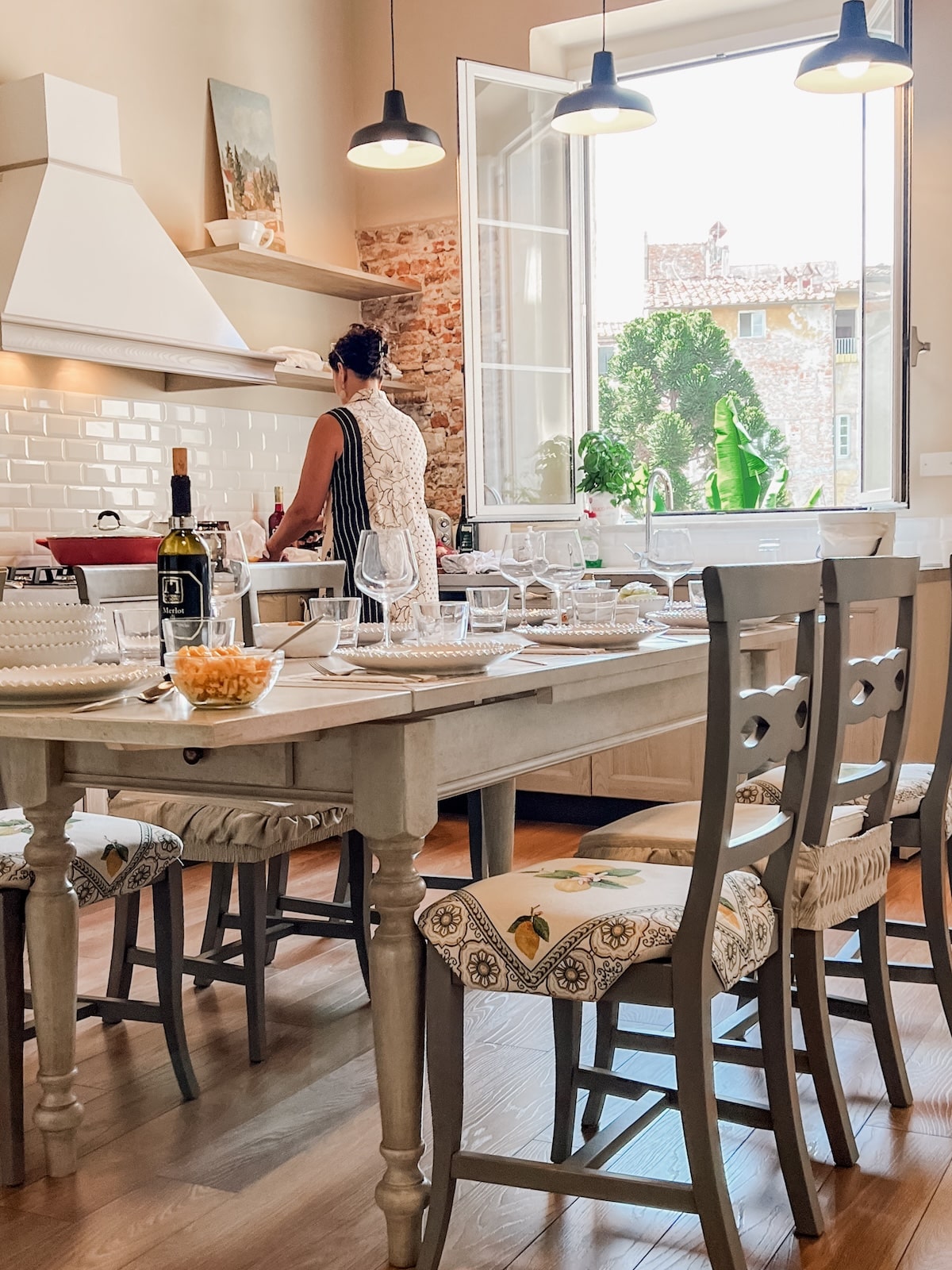
What if you see the word “coperto” in Italy as an itemized line on your restaurant bill? In this blog post, I’ll explain why restaurants charge this additional fee throughout most of Italy and why it’s a cultural tradition.
One thing that often perplexes people when eating at a restaurant in Italy for the first time is the moment when they get the bill (or when it finally arrives at the table…more on that later) and they see a line item charge called “coperto”.
I remember my first time seeing the coperto charge and thinking, what the heck is this?
Are they trying to scam us and charge us extra because we’re tourists?
But that’s not the case at all.
The coperto in Italy is a part of its restaurant culture that goes back hundreds of years.
One of many cultural quirks that make Italy so unique!
Let’s explore why.
What Does The Word Coperto Mean In Italian and What Are Its Origins?
In English, the Italian word “coperto” translates to “cover charge” and has a long and interesting history dating back to the Middle Ages.
While sometimes confusing for tourists, it’s been a part of the Italian dining culture for hundreds of years. Here’s a brief history of how it came to be:
Origins of the Coperto in Italy:
- In the Middle Ages travelers often brought their own food on journeys. Stopping at inns for shelter (coperto), they’d pay to use shared items like tables, chairs, plates, and cutlery.
- This “posto coperto” charge covered the wear and tear, cleaning, and even the privilege of sitting indoors during harsh weather.
- If, however, they didn’t bring food and ordered from the inn, the coperto was likely included in the total cost.
Evolution of the Coperto Tradition:
- The practice continued even when travelers stopped bringing their own food.
- Over time, coperto incorporated other things like bread, water, and sometimes even basic table service.
- The amount charged has varied, but its legality and transparency are now regulated.
The Coperto in Italy Today:
- Today, coperto covers table setting, use of linens, cutlery, basic service, and cleaning.
- It’s typically a flat fee per person that is required to be displayed on the menu.
- While not considered a tip, it often includes bread and service (though additional tipping is customary).
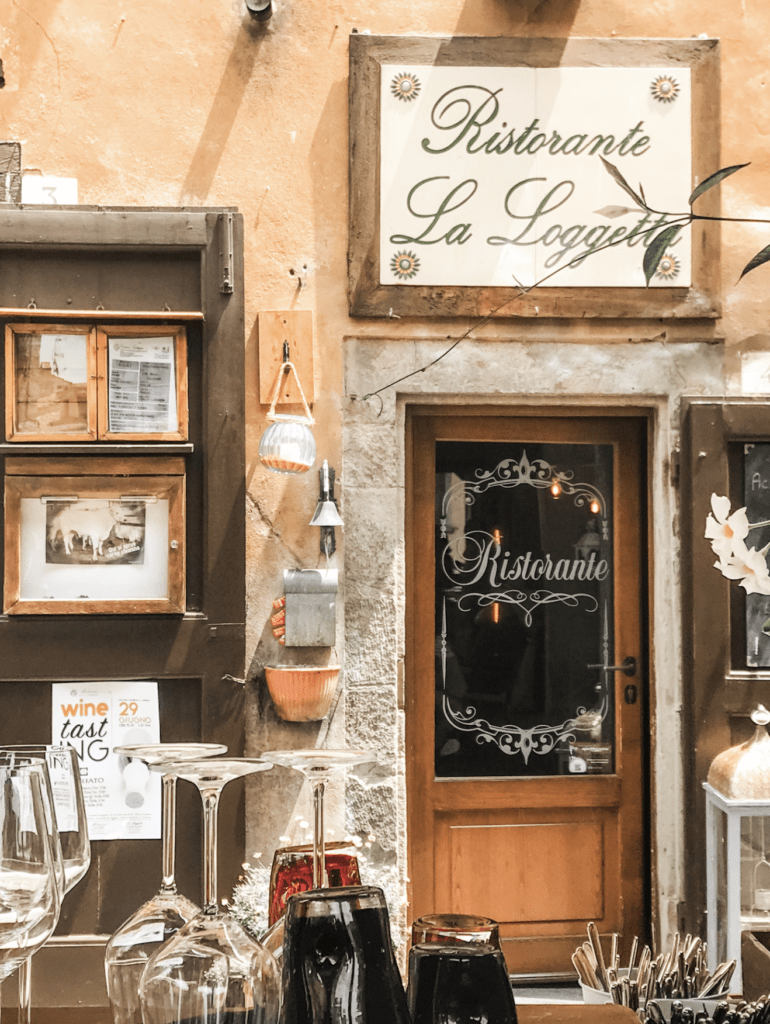
How Much Does the Coperto Cost?
The cost of the coperto in Italy today varies depending on several factors, but you can usually expect coperto charges to be between €1 and €3 per person in most situations.
Location:
- Generally, the more touristy the area, the higher the potential coperto charge. In cities like Venice, Positano, and Florence don’t be surprised if you see charges as high as €5 per person in areas with lots of tourists.
- Rome is an exception, as the Lazio region where it’s located has banned the coperto practice altogether.
Type of Establishment:
- Upscale restaurants and those with scenic views or prime locations typically charge more for coperto than casual, family-friendly eateries.
- Fast-food or self-service places often won’t have a coperto at all.
Specific Restaurant:
- Each restaurant sets its own coperto fee, and it should be listed on the menu. If you don’t see it listed there you can ask your server for exact information.
Remember:
- Coperto is mandatory, so factor it into your budget when dining out in Italy.
- It’s not considered a tip, and additional tipping is still customary (usually €1-2 per person or around 10% of the bill depending on service).
The “Servizio” Charge on Your Restaurant Bill In Italy
In Italy, you might also see a line item on your bill called “servizio“, which is quite different from the coperto and has a less widespread presence.
Here’s what you need to know:
What Is Servizio:
- Servizio translates to “service” (or service charge) and, unlike the coperto, it’s a pre-determined percentage of the bill added to cover staff costs, similar to a tip in other countries.
Key Differences From Coperto:
- Not as common: Unlike the nearly universal coperto, the servizio is less frequent and primarily found in tourist areas or for larger groups.
- Amount: It’s usually a percentage of the total bill, typically ranging from 10% to 20%.
- No relation to coperto: Servizio is completely separate from the coperto; they can coexist on a bill, or only one might be present.
Additional Points:
- Tipping on top: Tipping at restaurants in Italy is optional. If the servizio is present, remember that this counts as the tip so you don’t need to leave an additional gratuity.
- Regional variations: Like the coperto, in the Lazio region (which includes Rome), the servizio is banned altogether.
- Legality: It’s legal only if displayed on the menu before customers are seated. Otherwise, it can be disputed.
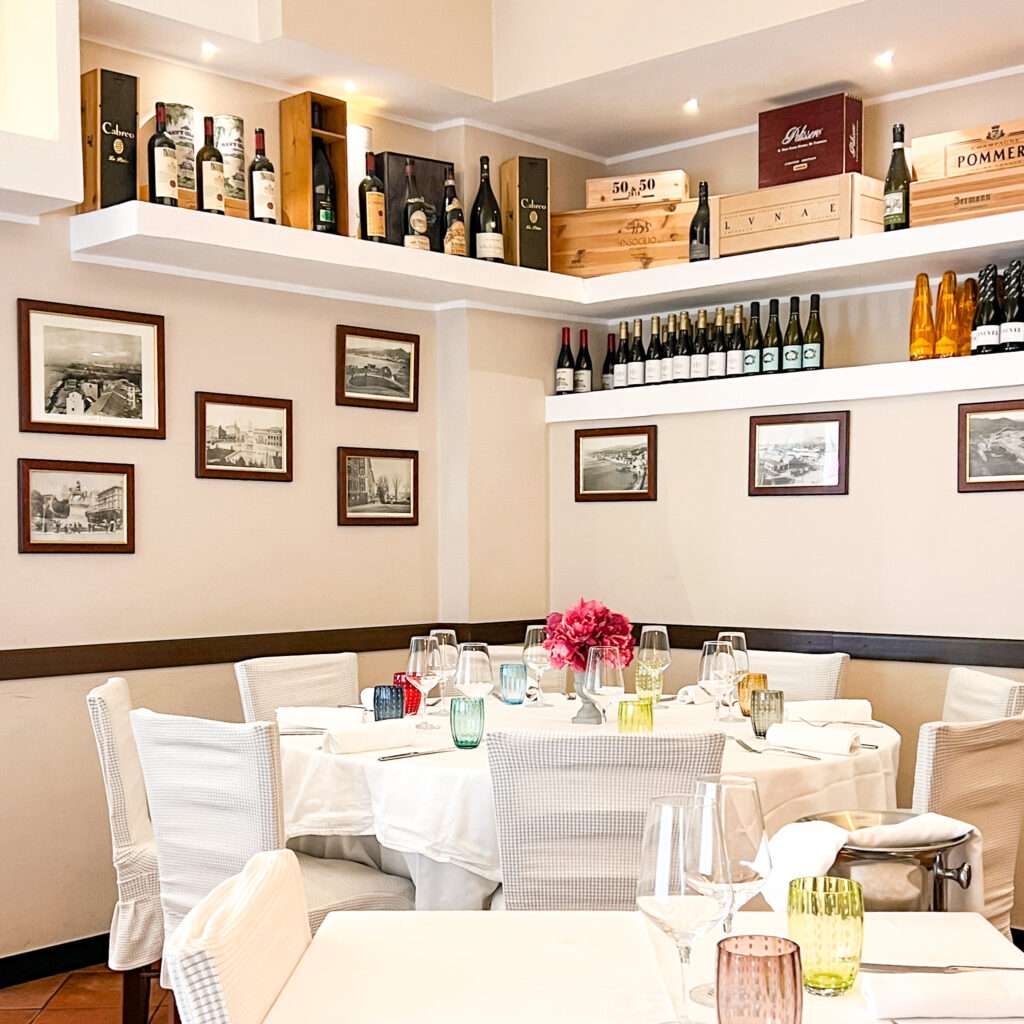
How to Get Your Check at Restaurants in Italy
Now let’s talk about how you actually get the check to arrive at the table to begin with.
Where I’m from (the United States), the waitstaff drops off the check to the table as soon as they’ve determined that the party is over. Usually politely, but sometimes not so much.
Depending on how strongly they desire to turn that table over to the next diners, you can easily feel the pressure to leave.
But in Italy, if you wait for that check to arrive, you could be there forever.
It won’t happen….and it’s a beautiful thing.
Because in Italy, the bill will not arrive at your table until you ask for it.
The Italians believe it would be rude (or as they say, “maleducato”) to do so.
It just doesn’t happen and it’s one of the things that I love the most about the Italian culture.
In Italy, meals are sacred social events, whether you’re a party of two or twenty.
A time for leisurely conversation and enjoyment with friends and family.
Bringing the check unsolicited would imply the pressure to leave and that’s a BIG no-no.
So how do you politely ask for your bill in Italian and how do you pay?
You can usually signal you’re ready for the check by making eye contact with the waiter and raising your hand, saying “il conto, per favore,” or using the universal gesture of writing on your palm with an imaginary pen.
Sometimes the waiter will bring a wireless credit card terminal to the table and sometimes you pay at the front desk area. You can find out where to pay by asking the waiter, “Scusi, dove si paga?”
And remember to bring enough euros with you to leave the gratuity. In Italy, you can’t leave a tip on the credit card.
Closing Reflections About The Coperto In Italy
By keeping these points in mind, you can avoid any surprises regarding coperto and servizio charges and enjoy your Italian dining experience as if you were a local!
Further Reading:
• 7 Ways to Avoid Tourist Trap Restaurants in Italy
• What’s The Difference Between a Trattoria, Osteria, Enoteca and Ristorante?
• 39 Things to Know Before Traveling to Italy
• Tipping in Italy Made Simple: When, How Much, and Who to Tip
Pin this post to read later
